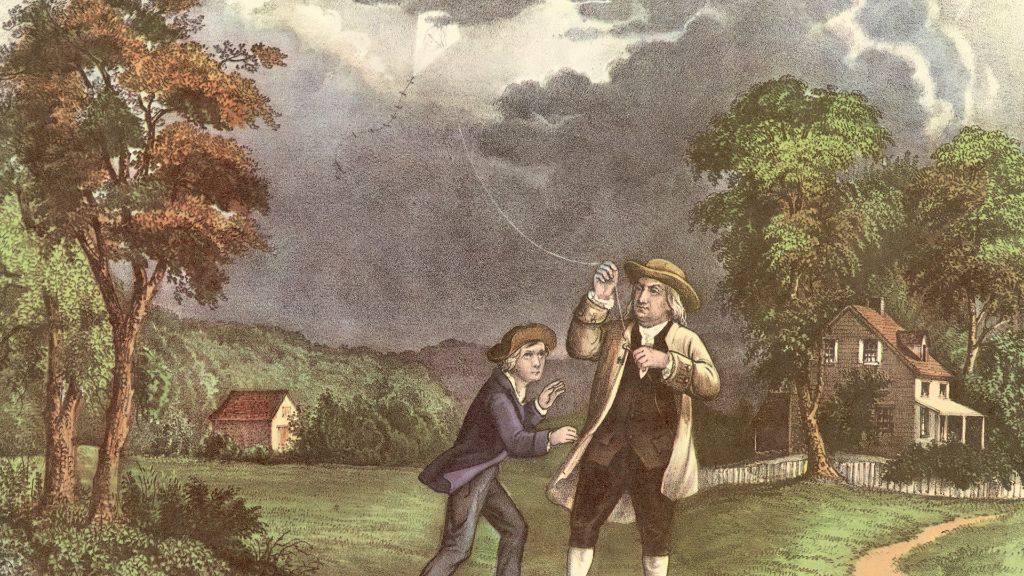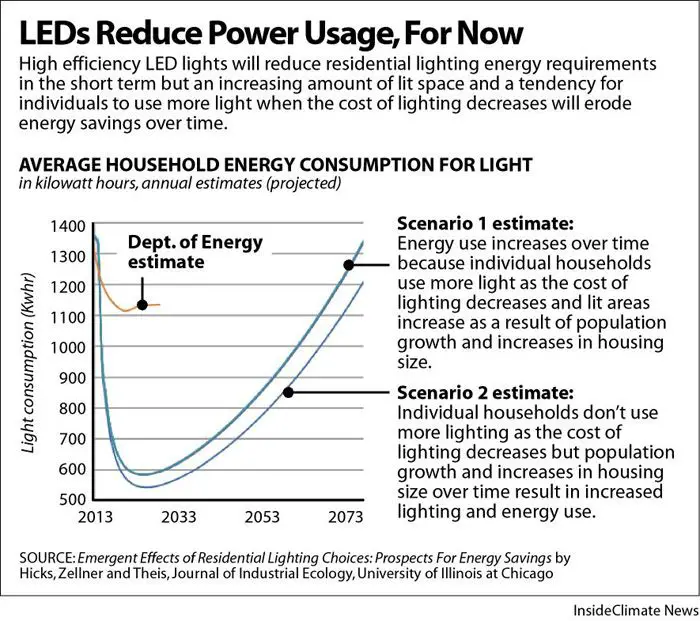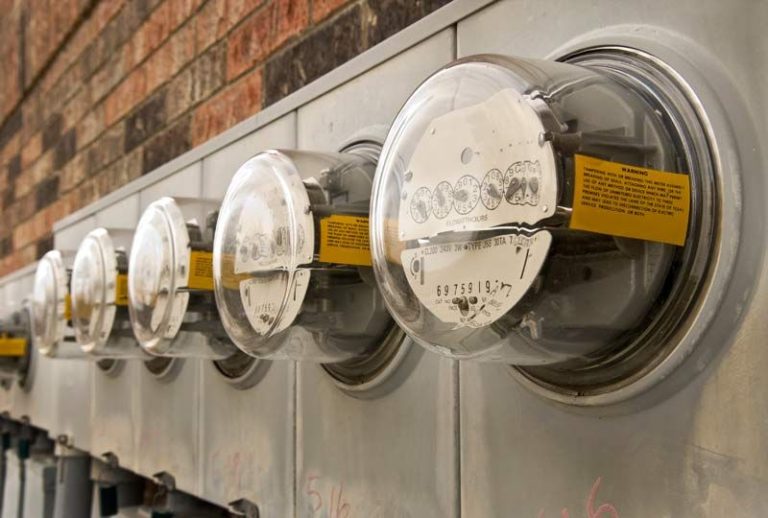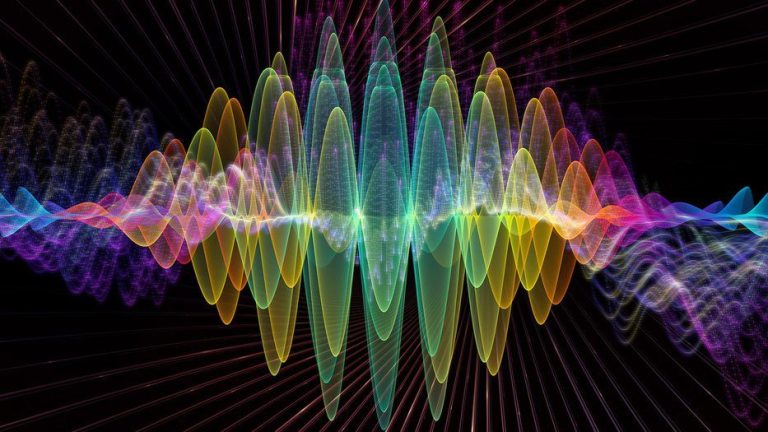Did Ben Franklin Do Electricity?
Benjamin Franklin was one of America’s Founding Fathers and a prolific inventor, scientist, and statesman. He had a particular fascination with electricity and conducted pioneering experiments that helped lay the foundation for modern electrical technology.
Although electricity was not well understood in Franklin’s time, he made several groundbreaking discoveries through ingenious experimentation. He proved that lightning was a form of electricity and invented the lightning rod to protect buildings. Franklin also coined important electrical terms like battery, charge, conductor, and electrician.
Franklin’s electrical experiments and theories were a significant contribution to Enlightenment science and helped spur rapid advancements in electrical knowledge in the late 18th and early 19th centuries. His work with electricity built on the ideas of other scientists but opened new doors in understanding this powerful natural force.
Franklin’s Early Experiments
In the mid-1700s, Benjamin Franklin began experimenting with electricity and static charges using simple materials like glass tubes, silk ribbons and metal rods. He noticed that when he rubbed certain materials together, they would become electrically charged. For example, when he rubbed a glass tube with a piece of leather, the tube would attract bits of paper. However, after rubbing the tube repeatedly, it lost this attractive power. This led Franklin to theorize that the glass tube had only a finite amount of “electrical fluid” that could be transferred by friction, leaving one object positively charged and the other negatively charged.
To describe these observations, Franklin coined terminologies that are still used today in physics. He referred to the positive charge as “plus” or “vitreous” and the negative charge as “minus” or “resinous”, based on the materials that became charged. He also created the terms ‘battery’ to describe a series of linked capacitors, and noted how charges of the same sign repel each other while opposite charges attract.
Through methodical experimentation, Franklin built upon limited existing knowledge about static electricity. His work developing a common vocabulary and conceptual model of electric charges and currents paved the way for future pioneers to build upon.
The Kite Experiment
Perhaps Franklin’s most famous electrical experiment is the kite experiment he conducted in 1752. This risky experiment was aimed at proving that lightning was in fact electricity. On a stormy day, Franklin flew a kite with a metal key attached to the top of the kite string. The other end of the string was tied to an insulating silk ribbon connected to a Leyden jar to store any electrical charge. As the stormy clouds passed overhead, Franklin moved his hand near the key and was shocked, proving that the kite had conducted the electrical charge from the storm cloud down the wet kite string. This landmark experiment demonstrated for the first time that lightning was electricity, although Franklin could have been killed in the process. Nevertheless, he risked his life for science and made an important breakthrough in our understanding of electricity.

Franklin’s Electrical Discoveries
Franklin made many groundbreaking discoveries and advanced theories about electricity and its properties. Some of his most important findings include:
- Showing that lightning and electricity were one and the same through his famous kite experiment. He demonstrated that lightning was an electrical discharge from clouds. This was a huge breakthrough in understanding electricity’s natural origins.
- Inventing the lightning rod to protect buildings from lightning strikes. This had immense practical value in preventing fires and destruction.
- Describing and naming concepts like positive and negative electrical charges. He theorized correctly that electricity involved a fluid or substance with two distinct types of charge that could neutralize each other.
- Developing the single-fluid theory of electricity. He believed electricity was a type of invisible fluid that could flow from substances with a surplus of it to those with a deficit, seeking equilibrium.
- Inventing the Leyden jar, a device for storing static electrical charge. This allowed him and others to experiment repeatedly with electricity on demand.
- Identifying materials that were electrical conductors vs. insulators. He showed how some materials like metals easily conducted electricity while others like glass did not.
Through ingenious experiments and acute observations like these, Franklin unlocked many of the foundations of electrical science and established electricity as its own field of inquiry. His empirical approach led to major leaps in understanding electricity’s fundamental behavior and properties.
Franklin’s Inventions
Benjamin Franklin was able to take his discoveries with electricity and put them to practical use by creating several important inventions. One of his most famous inventions was the lightning rod, which was a simple metal rod placed atop buildings and connected to the ground by a wire. The rod served to attract any lightning strikes and direct the electricity harmlessly into the earth. This provided a way to protect buildings from lightning damage. Franklin invented the lightning rod after his famous kite experiment proved that lightning was actually electricity. The lightning rod soon spread in use across America and Europe and enabled Franklin to turn his new scientific understandings about electricity into an application that saved lives and property.
Franklin also invented the Franklin stove, which provided more heat while using less wood fuel than normal fireplaces. This helped conserve wood and make heating homes more efficient. He created bifocal glasses, which enabled both near and far vision in a single pair of spectacles. For the printing industry, he invented a mechanical arm to reach books on high shelves and the odometer to measure distance along roads. Franklin was constantly looking to apply scientific discoveries in practical ways that could benefit society.
Spreading Electrical Knowledge
In addition to conducting experiments, Franklin worked tirelessly to publish his electrical discoveries in books and letters in order to educate others. One of his most famous works was Experiments and Observations on Electricity, published in 1751, which detailed his experiments with electricity up to that point. Through his engaging writing style and novel discoveries, Franklin generated great excitement about electricity and inspired others to conduct their own electrical experiments.
Franklin also maintained lengthy correspondences with leading scientists of his day where he shared his theories and findings. His letters acted as a way to spread his ideas throughout the scientific community and connect with like-minded scholars. Many prominent thinkers, such as Joseph Priestley, were first introduced to electrical science through Franklin’s letters and were motivated to carry out their own research as a result.
By generously publishing his work and enthusiastically sharing his knowledge, Franklin played a pivotal role in furthering the understanding of electricity and pioneering it as a new field of science. His writings made complex concepts relatable and accessible. He can be credited with sparking the curiosity that led to rapid advancements in electrical technology in the late 18th and early 19th centuries.
Franklin’s Legacy
Benjamin Franklin had a huge impact in pioneering the study of electricity and spreading knowledge about its uses and capabilities. Franklin’s kite experiment proved that lightning was an electrical phenomenon, opening up the study of electricity and electromagnetism. His electrical experiments showed that electricity could be harnessed and conducted from one place to another. Franklin invented the lightning rod, which protected homes and buildings from lightning strikes through conducting the electricity safely into the ground. He also invented the battery for storing electrical charge.
Franklin’s discoveries and inventions formed the foundation for many later innovations in electrical power and technology. His work revealed principles of electricity that allowed future inventors to tap into its power. He published his findings and promoted the study of electricity through the scientific community, greatly furthering human knowledge and capabilities with electricity. Franklin’s legacy laid the groundwork for electrical generators, motors, batteries, and power systems that have transformed the modern world. He pioneered a field of science that impacts our lives each day through lighting, appliances, telecommunications, computing, and more.
Later Electrical Pioneers
Benjamin Franklin’s discoveries and inventions opened up a new world of possibilities with electricity. After Franklin, many other scientists and inventors continued to build on his pioneering work to further advance electrical technology.
In the early 1800s, British scientist Michael Faraday conducted groundbreaking research on electricity and magnetism. He invented the electric motor and transformer, and discovered electromagnetic induction – the principle behind the electric generator. Faraday built upon Franklin’s work with batteries and charge.
Serbian-American inventor Nikola Tesla later used Faraday’s ideas to develop the alternating current (AC) electrical system in the 1880s. This allowed electricity to be transmitted over long distances, enabling widespread electrification. Tesla’s AC system forms the basis of modern electrical power distribution.
Thomas Edison was responsible for pioneering mass electricity distribution with his direct current (DC) system in the late 1800s and early 1900s. While less efficient over long distances than AC, Edison’s DC system brought electricity into homes and businesses in America’s first electric grids.
These electrical pioneers all owe a debt to Franklin’s groundbreaking discoveries with electricity in the 18th century. His experiments with lightning, batteries, and charge laid the foundation for society’s understanding and harnessing of electricity to power the modern world.
Modern Applications
Benjamin Franklin’s discoveries and inventions related to electricity paved the way for many of the electrical devices we take for granted today. His work with batteries, conductors, lightning rods, and the kite experiment demonstrated the power and potential of electricity for practical use.
Without Franklin’s pioneering research, we would not have many of the electrical devices that are integral to modern life, such as:
- Lightbulbs and lamps to illuminate our homes and workplaces
- Telephones, computers, and the internet for communication
- Refrigerators and air conditioners for food storage and climate control
- Washing machines, vacuums, and other appliances that increase convenience
- Medical devices that utilize electricity for imaging, surgery, and life support
- Transportation systems including electric cars, trains, and streetlights
- Entertainment devices like televisions, music players, and gaming systems
The harnessing of electricity is one of the most impactful scientific achievements that has transformed human civilization. We owe a great debt to Benjamin Franklin for discovering the principles that allow us to power the modern world.
Conclusion
Benjamin Franklin was one of the pioneers in the study of electricity in the 18th century. His famous kite experiment demonstrated that lightning was a form of electricity. This groundbreaking discovery led Franklin to invent practical applications like the lightning rod to protect buildings and the Franklin stove to improve heating efficiency. He coined terms like battery, positive and negative charge, and conductor that are still used today. Franklin’s electrical discoveries spread rapidly across Europe and America, paving the way for future innovations. He brought electricity out of the realm of mysticism and established it as a science. While not the only pioneer, Franklin played a major and lasting role in the understanding of electricity as we know it today. His ingenious experiments, inventions, and writings on electricity cemented his legacy as one of the founding fathers of electrical science.






